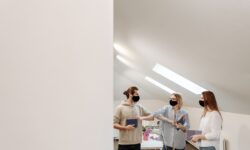We wrote a while back that gear doesn’t make the pro, and we will always agree with that thought. But there is something special about high quality equipment in the hands of a skilled craftsman. We met with our owner before the year ended, and he asked us what we needed to elevate our game. While we answered with a few different responses, the number one reply was cinema lenses.
Room for Improvement
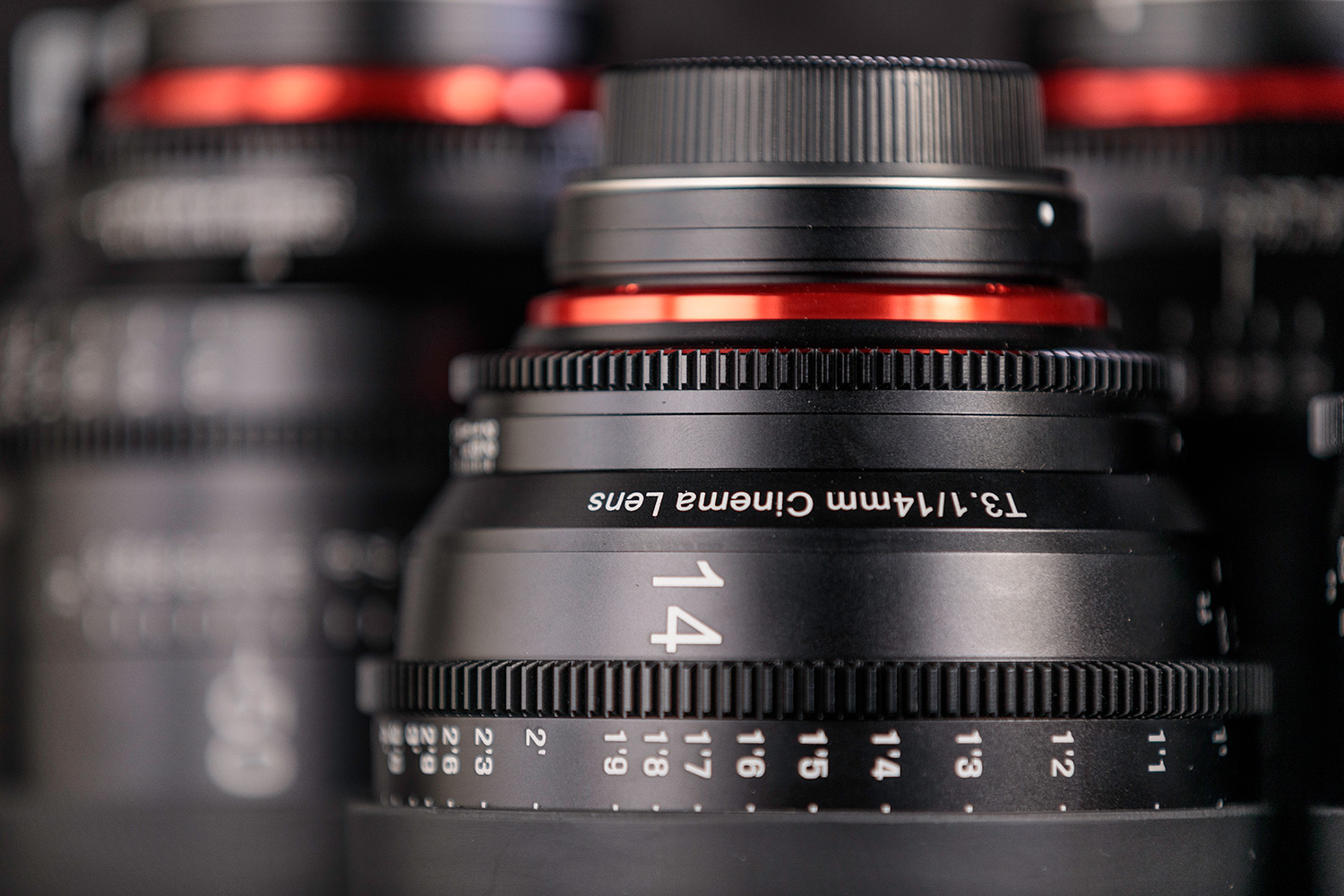
None of our lenses handled line distortion well. This is a subtle detail that most do not notice, especially our clients, but it became increasingly obvious to us. Overall sharpness, detail and light fall-off are also features we didn’t like about our old glass. Keep in mind, those lenses are not bad; they are more than adequate. But we were asked to step up our quality, and that is the brass tacks once we reviewed it.
Introducing the Xeen Cinema Line from Rokinon

Physical Characteristics
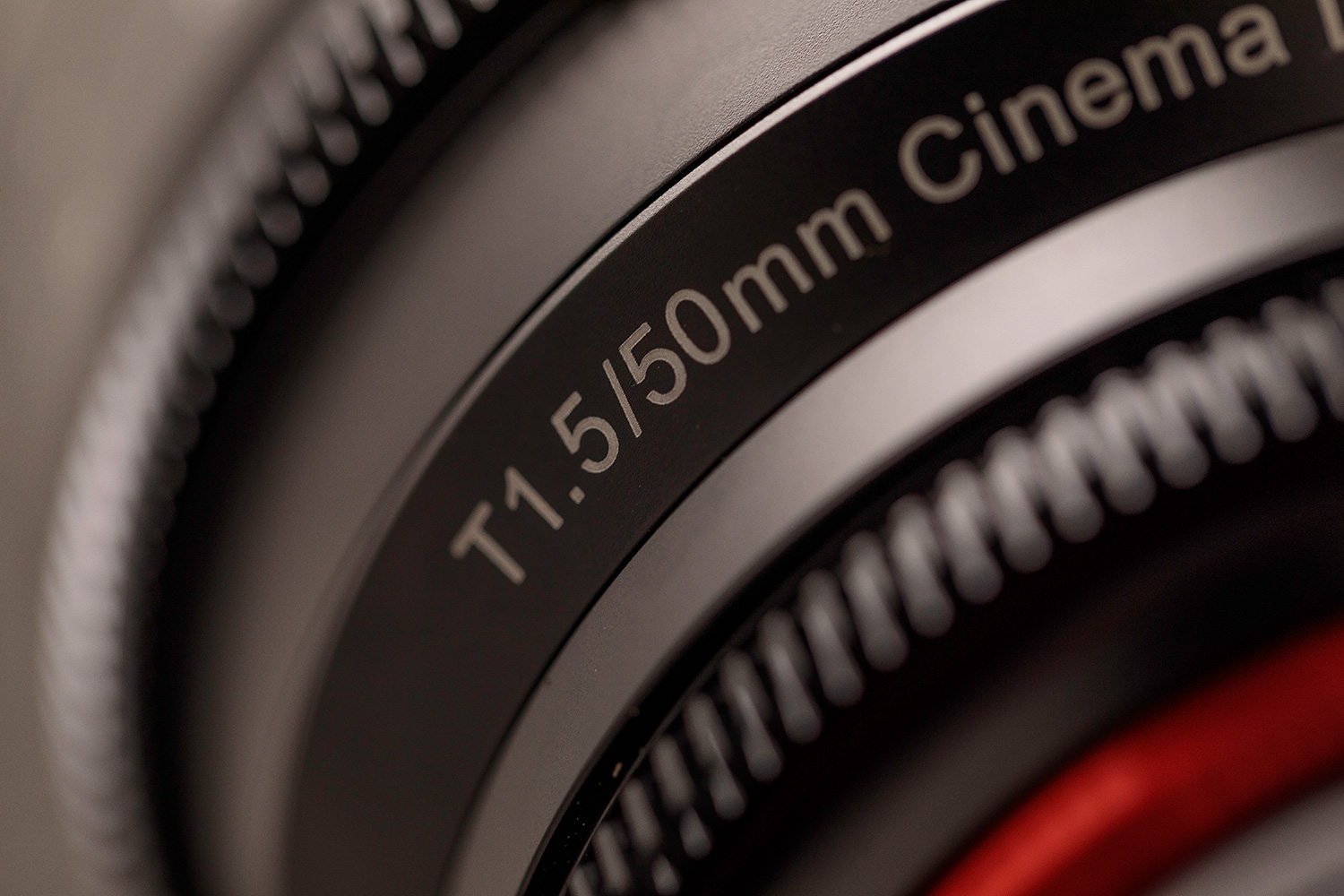
Clarity and Bokeh

Color and Contrast

The next project was a locally produced sitcom. This gave us the most scenarios to test out the glass. We shot in low-light, we used back lighting and side lighting. The walls were yellow, but the color on all shots turned out fantastic. Cinema glass gives you a cinematic look, and that is my favorite detail. This is the third time we have helped produce a season for this sitcom, and it is safe to say it looks better than ever.
Drawbacks
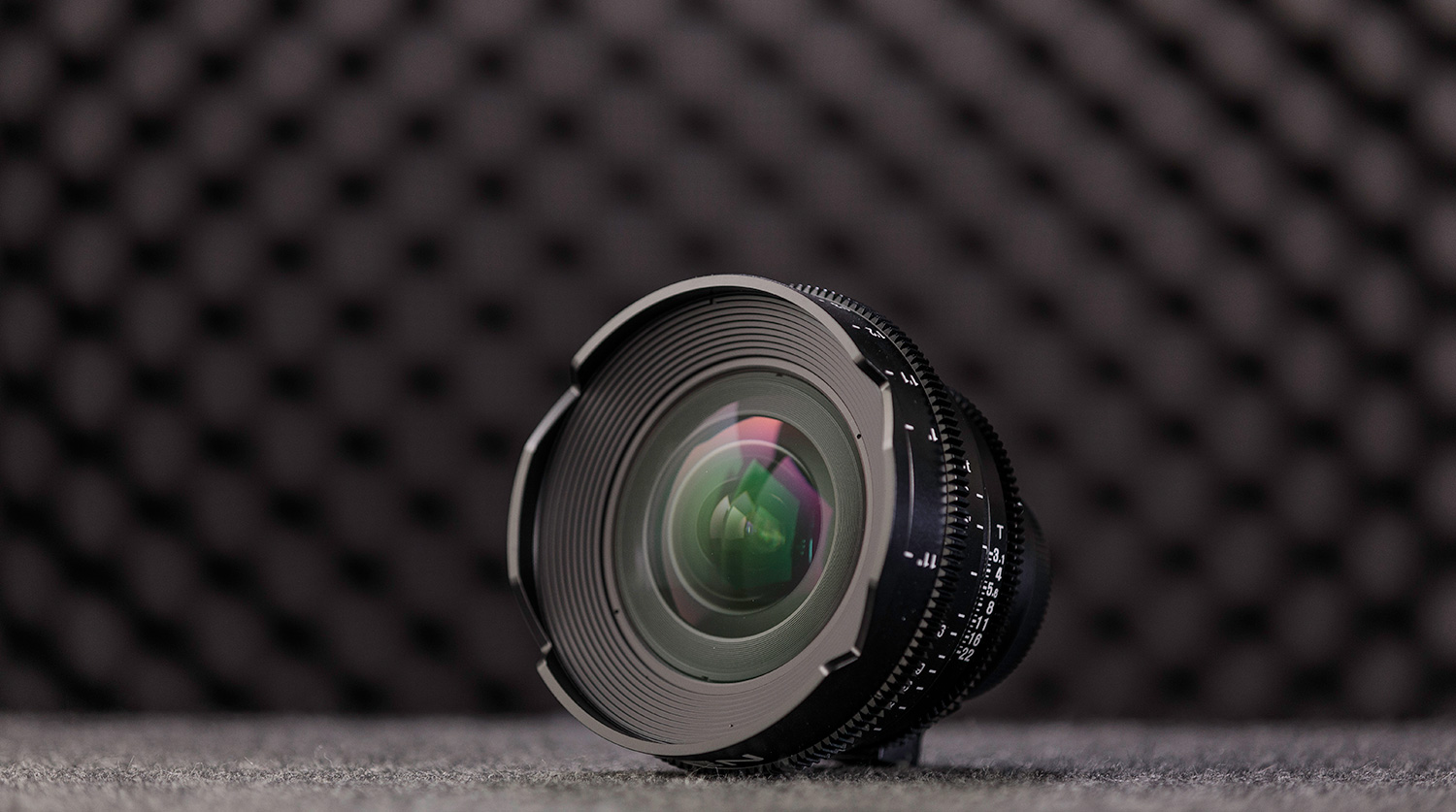
Closing Thoughts
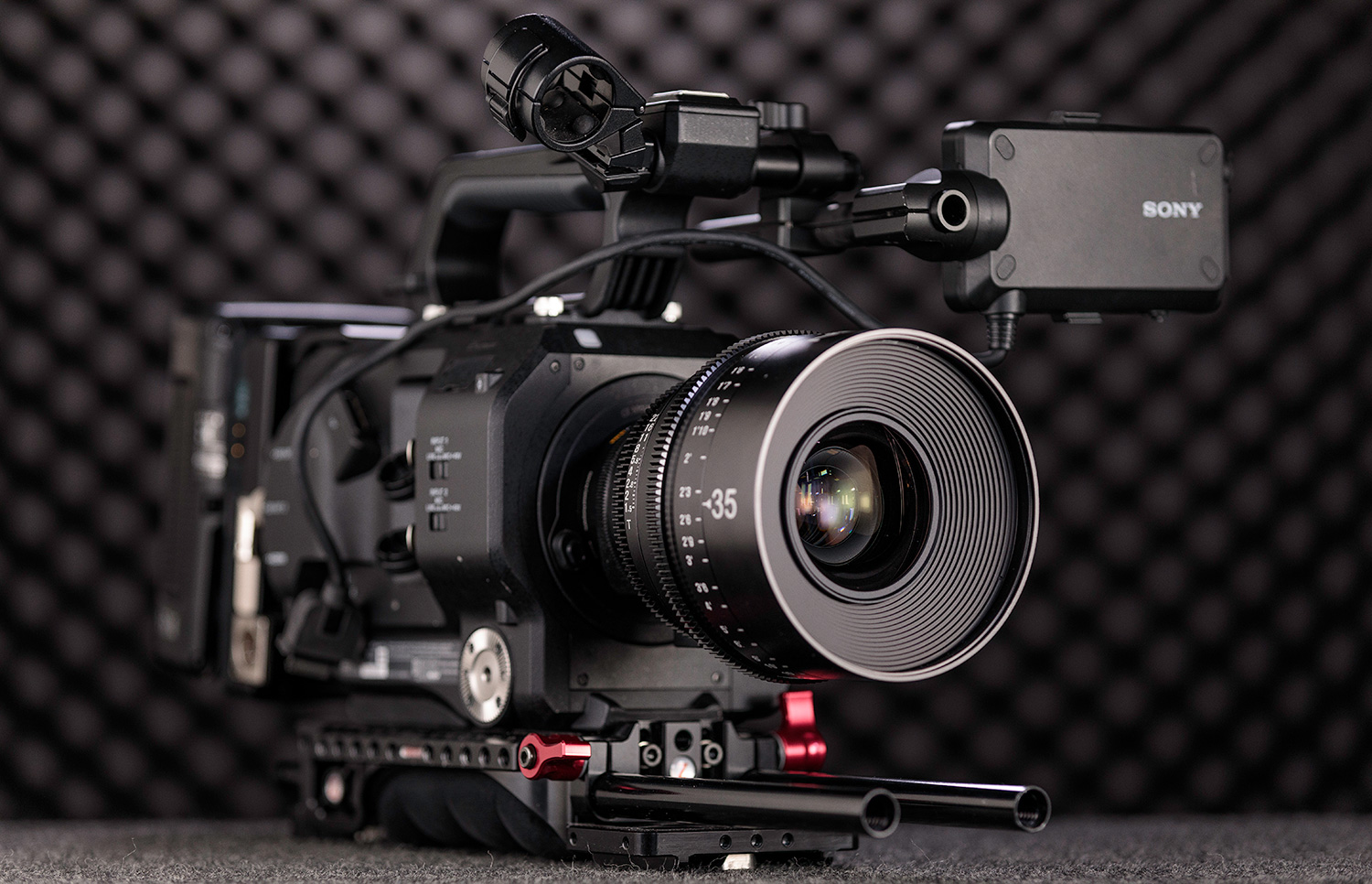
For a more detailed review, check out our companion video below.




